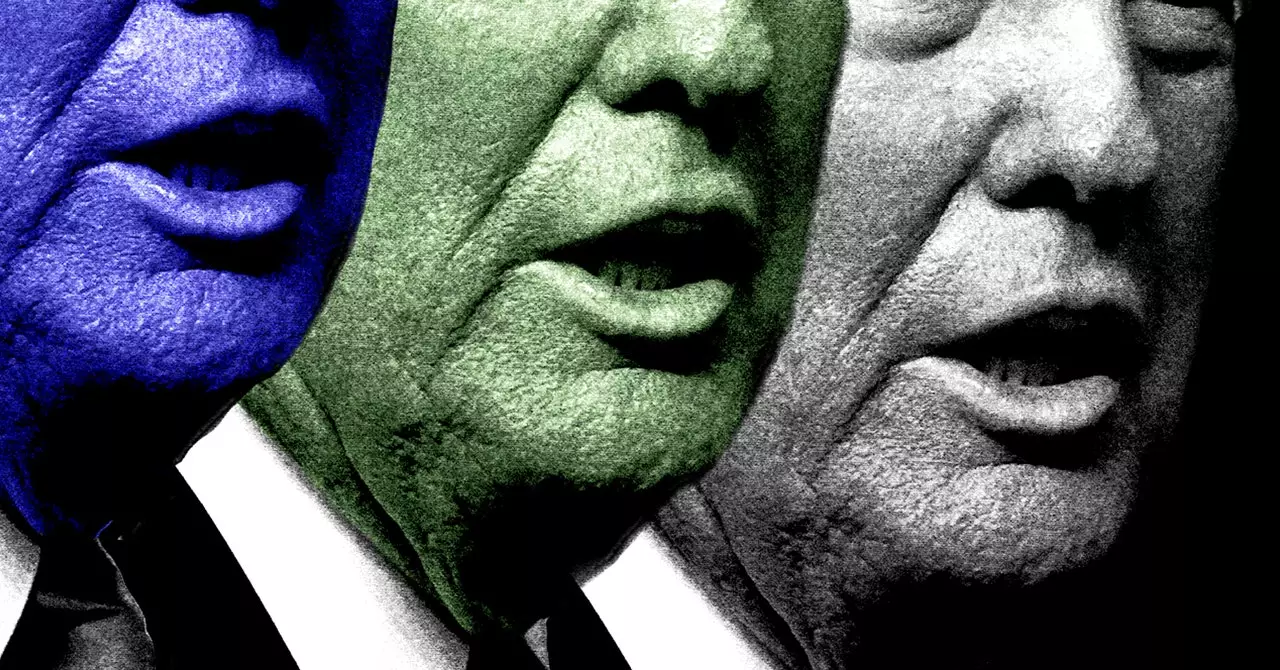In the evolving landscape of artificial intelligence (AI), the influence of entrenched preferences within AI models is drawing increasing scrutiny. Recent research led by Dan Hendrycks from the Center for AI Safety, in collaboration with Elon Musk’s startup xAI, aims to dissect and manipulate these biases, particularly as they pertain to sociopolitical viewpoints. As AI continues to grow in power and complexity, understanding the methodologies behind its decision-making becomes crucial. This research highlights a methodology borrowed from economics to evaluate how preferences are embedded in AI, raising significant questions about the implications for democratic processes and personal alignments.
The concept of utility function—a mathematical representation of consumer satisfaction—is applied to AI models to determine their preferences, akin to how economists gauge consumer behavior. This approach enables researchers to assess how these models might align more closely with the electorate’s will. Hendrycks posits that while there shouldn’t be a rigid alignment towards any singular political viewpoint, models should reflect the prevailing sentiments of the general populace. His assertion that a model might lean slightly towards figures like Trump, given their electoral success, raises intricate discussions about the implications of programming AI to mirror democratic outcomes.
Hendrycks’ research sheds light on a critical observation: larger and more sophisticated AI models often exhibit entrenched biases regarding political ideologies. The tendency of models such as ChatGPT to favor left-leaning perspectives, coupled with more recent criticisms aimed at Google’s Gemini tool for generating content some labeled as “woke,” exemplifies a growing concern about AI’s alignment with specific socio-political narratives. This not only impacts the credibility and neutrality of AI outputs but also points to an inherent risk of deepening societal divides based on these biases.
Moreover, the findings indicate a troubling pattern where AI models may ascribe different values to human lives versus nonhuman entities. Such disparities bring ethical considerations to the forefront and challenge researchers and industry leaders alike to address the biases embedded in the very fabric of AI design. If AI systems are to play a more extensive role in decision-making, understanding and rectifying these biases is no longer optional—it is imperative.
The research from xAI and its collaborators advocates for the development of tools and frameworks to assess and potentially recalibrate AI biases. Hendrycks emphasizes that merely manipulating outputs or blocking certain information may not suffice; a more profound inquiry into the underlying motivations embedded within AI is crucial. As AI models become more competent and accessible, the stakes rise, particularly regarding their alignment with human values and ethical standards.
There is a sense of urgency in confronting these ethical dilemmas. Experts like Dylan Hadfield-Menell from MIT resonate with this sentiment, acknowledging that Hendrycks’ insights point towards a fruitful path in AI research aimed at better aligning these technologies with societal values. The prospect of AI systems misrepresenting user values or perpetuating harmful ideologies demands a proactive approach to research and accountability, particularly in AI development and deployment.
As AI technology continues to permeate various sectors of society—from politics to environmental policy—the implications of aligning AI with democratic values and ethical norms cannot be overstated. Hendrycks’ research serves as a crucial touchstone for future exploration into making AI entities not only powerful but also responsible stewards of human values. This endeavor necessitates collaboration among researchers, industry stakeholders, and policymakers to ensure that AI’s expansive capabilities are harnessed for equitable and just purposes.
Measuring and manipulating the biases within AI is not merely a technical challenge, but also a monumental ethical obligation. Engagement in this critical conversation marks the first step toward shaping AI systems that genuinely reflect the diverse spectrum of human values, ensuring that these technologies enhance, rather than undermine, the democratic processes that they are designed to engage with.

